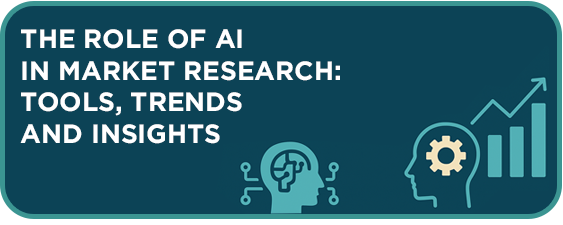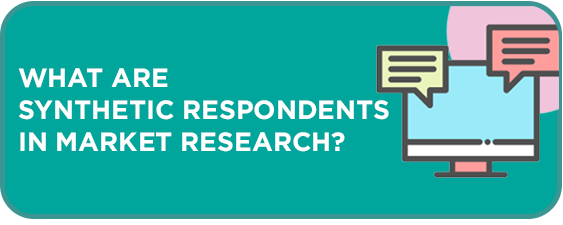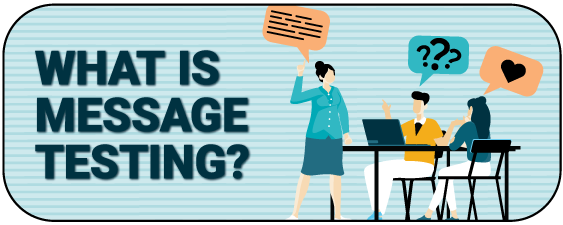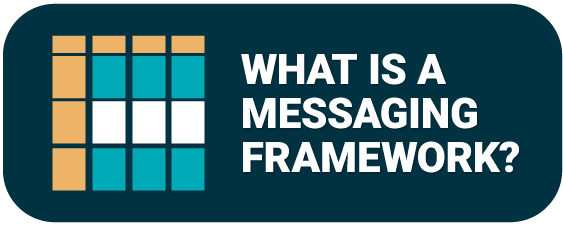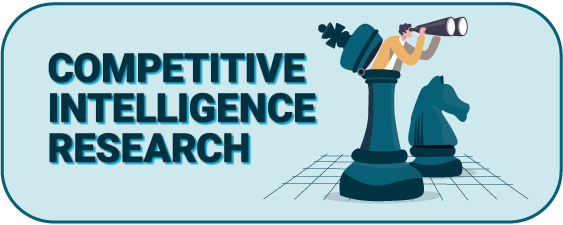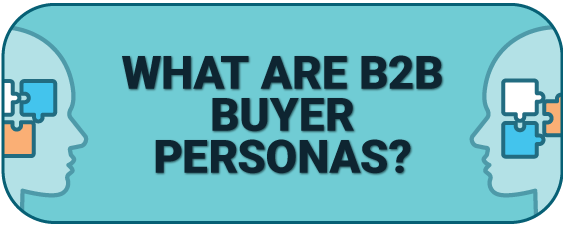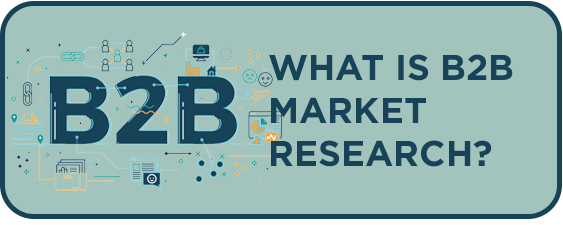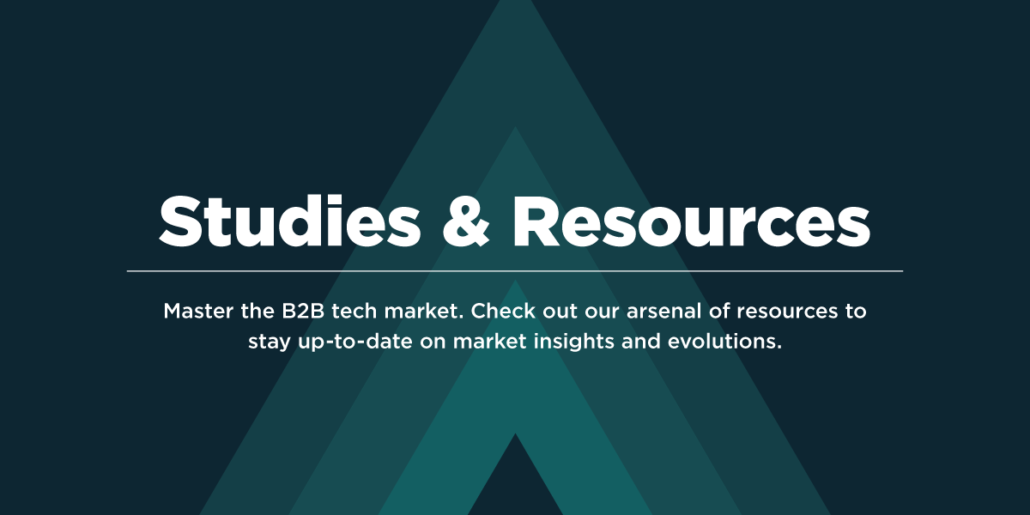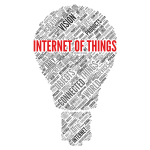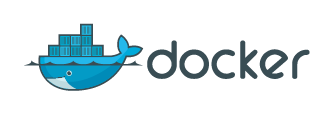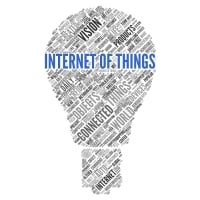Every research study focused on the competition or the market generates questions about the identities of respondents, the research firm and clients, and about the study’s purpose. Our perspective on these issues appears below. Identity and Representation Respondent Identity Participants in our research studies are promised a degree of confidentiality. This means our clients cannot contact these participants directly unless the participants have expressly asked for such contact. We never share detailed, personally identifiable information about these interviewees with our clients. Firm Identity Cascade Insights always accurately discloses our firm’s identity during research interviews, business interactions (e.g., conversations at trade shows or networking events), and social media or other online interactions. Client Identity Cascade Insights protects our clients’ desire and right to remain anonymous. Study’s Purpose Cascade Insights conducts both blind and nonblind research studies. Blind research studies may prevent us from fully or even partially disclosing the intent or sponsor of the research study. Because this is a standard research practice with a long history, we see no problem with this approach. However, at times nonblind studies are warranted. Conflict of Interest Cascade Insights proactively communicates when we are not at liberty to discuss certain industry topics or when we cannot meaningfully offer advice in certain areas based confidential client information that is already in our possession. If Cascade Insights refuses to help your organization in certain endeavors or declines to discuss certain topics, please understand that these actions arise from our ethical and professional concern for steadfastly maintaining all our clients’ confidential information. SCIP Code of Ethics In addition to the ethical practices listed here, Cascade Insights adheres to the SCIP Code of Ethics for Competitive Intelligence Professionals. For More Information If you have any further questions, don’t hesitate to contact CEO Sean Campbell at
[email protected].
